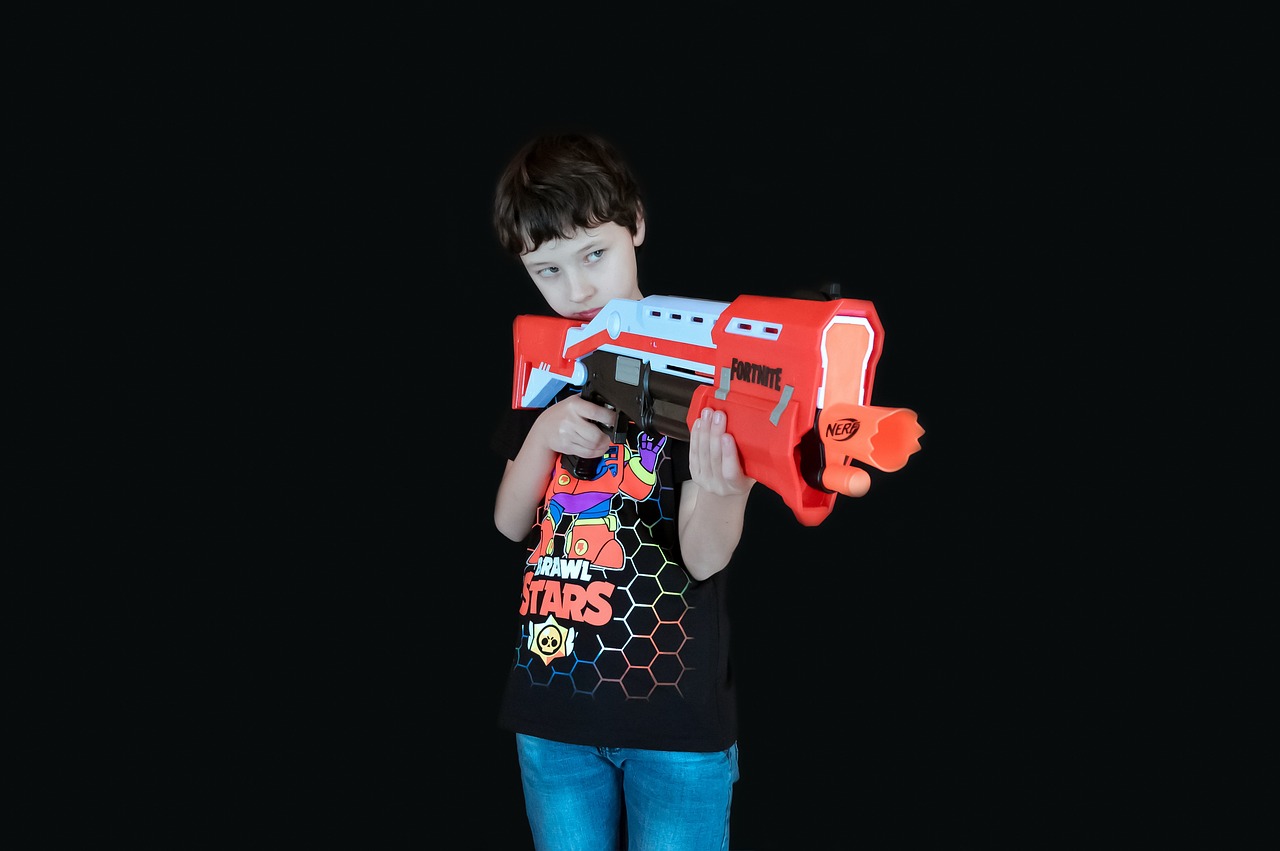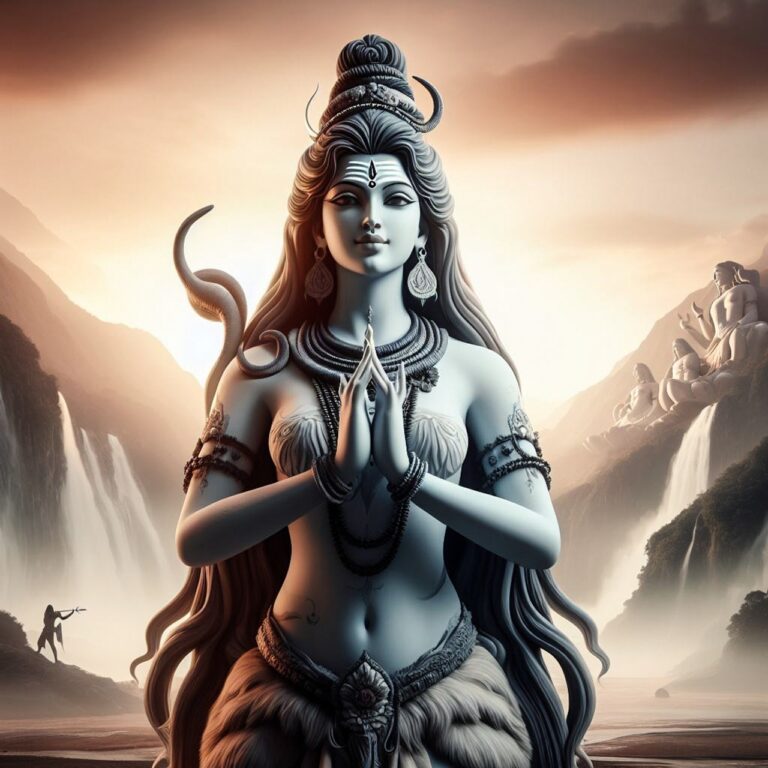The Rise of Short-Form Content: How Bite-Sized Entertainment is Dominating Screens
In today’s fast-paced digital era, short-form content has emerged as a popular choice among audiences seeking quick and easily digestible information. With attention spans dwindling and the constant influx of information on various platforms, the appeal of succinct content that delivers key messages concisely has grown significantly.
Short-form content’s popularity can be attributed to its ability to cater to the on-the-go lifestyle of modern consumers who are constantly multitasking and consuming content in bite-sized portions. Whether it’s a brief video clip, a concise article, or a captivating infographic, short-form content captures attention quickly and imparts valuable insights in a fraction of the time traditional long-form content would require.
• Short-form content is easily consumable for audiences with limited time
• It caters to the on-the-go lifestyle of modern consumers
• Quick and concise delivery of key messages
• Captures attention quickly and imparts valuable insights in a fraction of the time
The Evolution of Viewing Habits
In today’s fast-paced digital world, the way we consume content has undergone a significant transformation. With the rise of streaming services like Netflix and Hulu, traditional television viewing habits have evolved to accommodate on-demand and personalized viewing experiences. This shift towards convenience and flexibility has revolutionized how audiences engage with entertainment.
Moreover, the proliferation of smartphones and other mobile devices has further influenced viewing habits. People now have the ability to watch their favorite shows and videos anytime, anywhere, leading to a more fragmented viewing experience. This anytime, anywhere access has reshaped the way content creators produce and distribute their work, catering to the increasing demand for on-the-go entertainment.
The Impact of Social Media
Social media has undeniably transformed the way we connect, consume information, and engage with content. Platforms like Facebook, Instagram, and Twitter have become influential hubs for sharing opinions, news, and personal stories. The instant nature of social media allows for real-time communication and interaction, creating a sense of immediacy in our online interactions.
With the rise of social media influencers and viral trends, the impact of social media on consumer behavior and popular culture is more significant than ever before. Users now have the power to shape trends, drive conversations, and influence purchasing decisions through their online presence. Brands have also leveraged social media as a marketing tool to reach a wider audience and build a strong online presence. The dynamic and interactive nature of social media has reshaped how individuals and businesses navigate the digital landscape.
How has social media changed the way we consume content?
Social media has shifted our viewing habits towards short-form content that is easily digestible and shareable.
What is the appeal of short-form content on social media platforms?
Short-form content is popular on social media because it is quick to consume, can be easily shared, and fits well with our fast-paced lifestyles.
How has the evolution of viewing habits impacted the entertainment industry?
The changing viewing habits brought about by social media have forced the entertainment industry to adapt, creating more short-form content and focusing on engaging audiences through social media platforms.
What are some of the positive impacts of social media on society?
Social media has enabled greater connectivity, allowed for the sharing of diverse perspectives, and provided a platform for marginalized voices to be heard.
Are there any negative impacts of social media that we should be aware of?
Yes, social media has been linked to issues such as cyberbullying, misinformation, and the spread of harmful content. It’s important to be mindful of these negative impacts and take steps to mitigate them.







